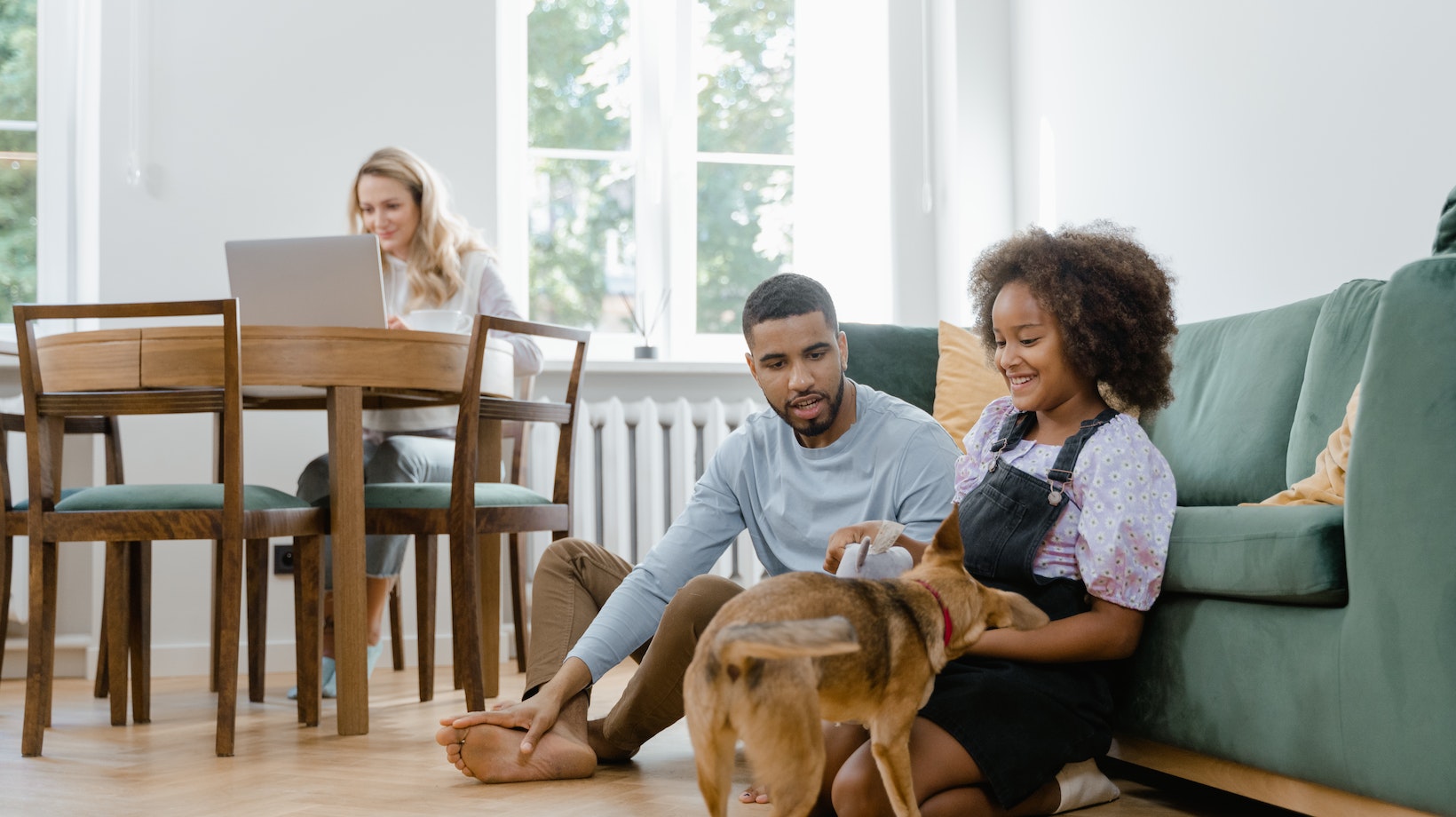When it comes to training an aggressive dog at home, it can be a challenging and concerning task. However, with the right approach and techniques, it is possible to help your furry friend overcome their aggression and become a well-behaved companion. In this article, I’ll share some valuable tips on how to train an aggressive Labrador or any other breed in the comfort of your own home.
Firstly, it’s crucial to identify the root cause of your Labrador’s aggression. Aggression can be triggered by fear, territorial instincts, or even past traumatic experiences. Understanding the underlying cause will help you tailor your training methods accordingly. Seek professional guidance if needed to ensure a comprehensive assessment of your dog’s behavior.
Creating a calm and structured environment is key when training an aggressive dog. Establish clear rules and boundaries so that your Labrador knows what behavior is expected from them. Consistency is vital – everyone in the household should enforce these rules consistently. Positive reinforcement techniques, such as rewarding good behavior with treats or praise, can go a long way in shaping positive associations for your dog.
How to Train an Aggressive Dog at Home
Recognizing Signs of Aggression
Recognizing the signs of aggression is crucial for both preventing potentially dangerous situations and addressing issues promptly. Some common signs include:
- Growling: This vocalization indicates that a dog is feeling threatened or uncomfortable.
- Baring Teeth: When a dog exposes its teeth without growling, it signals an elevated level of aggression.
- Snapping: A sudden, quick bite attempt without causing injury is a clear sign of aggression.
- Stiff Body Language: Dogs in an aggressive state may display tense muscles, rigid posture, and a fixed stare.
- Raised Hackles: When the hair along a dog’s back stands up, it can indicate heightened arousal or aggression.
It’s essential to understand that these signs can vary from dog to dog, and context matters. If you notice any concerning behaviors in your Labrador or any other breed, consult with a professional trainer or veterinarian for guidance.
Creating a Safe Environment for Training
When training an aggressive dog at home, creating a safe environment is paramount. Consider the following tips:
- Secure Space: Ensure that your training area is secure and free of distractions. This will help minimize potential triggers and allow your dog to focus on learning.
- Positive Reinforcement: Utilize positive reinforcement techniques during training sessions. Reward desired behaviors with treats, praise, or playtime to encourage your dog’s progress.
- Consistency: Establish consistent rules and boundaries for your labrador. This will provide them with structure and help build their confidence over time.
- Patience and Understanding: Recognize that behavior modification takes time. Be patient with your dog as they learn new skills while providing understanding and support throughout the process.
Remember, if you’re dealing with severe aggression issues in your Labrador or any other breed, seeking guidance from an experienced professional is highly recommended. They can assess the situation accurately and develop an individualized plan to address your dog’s specific needs.
By understanding the causes of aggression in dogs, recognizing signs of aggression early on, and creating a safe environment for training at home, you can take significant steps towards helping your Labrador become a well-behaved companion.

Creating a Safe and Calm Environment
As an expert in dog training, I understand the importance of creating a safe and calm environment when dealing with an aggressive dog. By establishing a routine, implementing positive reinforcement techniques, and using desensitization and counterconditioning methods, you can help your aggressive Labrador become more relaxed and well-behaved.
Establishing a Routine
One effective way to create a safe and calm environment for your Labrador is by establishing a consistent daily routine. Dogs thrive on structure and predictability, so having set meal times, exercise sessions, playtime, and training sessions can help them feel secure.
Here are some tips to establish a routine for your aggressive Labrador:
- Set specific times for feeding meals: Providing regular meal times helps your dog understand when to expect food.
- Schedule daily walks or exercise sessions: Regular exercise not only keeps your Lab physically fit but also provides mental stimulation that can help reduce aggression.
- Allocate time for play and socialization: Engaging in interactive playtime activities with toys or other dogs promotes positive behavior while allowing them to release excess energy.
- Dedicate time for training: Consistent training sessions using positive reinforcement techniques will not only teach your Lab proper behaviors but also strengthen the bond between you both.
Remember that each dog is unique and may require different approaches when it comes to training. It’s important to be patient, consistent, and adapt your training methods as needed. With time and dedication, you can help your aggressive dog become a well-behaved and happy member of your family.